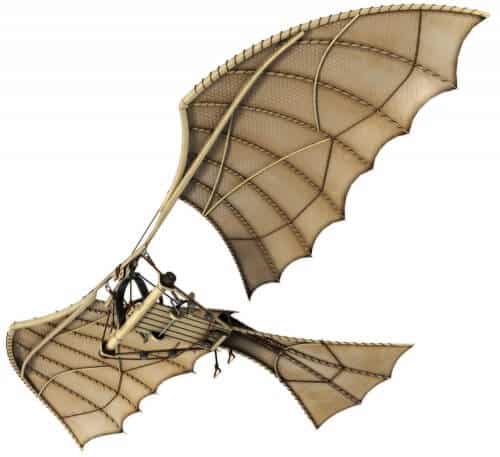The "Interface" company is an exceptional example of a groundbreaking business company that implements the strict sustainability principles according to the concept of The Natural Step organization in all areas of its conduct, and was among the first to start doing so - already in the mid-90s.

By: Maya Givon
Most examples of biomimetic developments occur at the level of the individual structure, leading to a specific tangible product or solution. However, biomimetic development can be carried out at the level of the process and at the level of an entire system - and at these levels there is the potential for a great perceptual and technological leap.
All natural systems are complex systems (whose components are subsystems in themselves), which are in dynamic equilibrium over time in self-organization (without a "supervisor"). In all of them, material, energy and information flow processes are constantly taking place. At the level of an ecosystem, there is no such thing as "waste" - because a by-product of one organism will be food for another. The energy is used optimally, and the existence of one species usually creates conditions that encourage the existence of other organisms.
In the world there are only a few examples of biomimetic developments on the scale of complete systems, although this trend is also on the rise. The "Interface" company is an exceptional example of a groundbreaking business company that implements the strict sustainability principles according to the concept of The Natural Step organization in all areas of its conduct, and was among the first to start doing so - already in the mid-90s. The founder of the company and its legendary manager for years, the late Ray Anderson, is now considered a trailblazing leader and visionary in the field of sustainability.
Under the leadership of Anderson and inspired by the concept of biomimicry, the organization changed its skin and even changed its business model - from selling carpets to renting a floor covering service. When the raw materials remain under the company's control and do not pass to the customer, it is easier to control the entire life cycle of the product - from the raw materials, through production, marketing and distribution - to use and the end of the life cycle. And that's exactly what the company did. The carpets are sold in tiles, inspired by fall leaves - so that you can isolate only the parts of the surface that need replacement or repair and not the entire surface.
The company collects the damaged tiles, and recycles them with almost 100% efficiency using unique machines developed, especially for this purpose, by the company. The company's products were also specially adapted for this purpose: fiber carpets (tiles) were developed, which are 100% recycled material, which can be separated and recycled many times. Also, a registered patent developed with the team of the American Institute for Biomimicry (with the help of Janine Benius herself), allows the carpets to be glued to the floor - without glue (yes, inspired by the lizard's feet!).
In doing so, Interface integrated biomimicry both at the level of the structure and at the level of the system - in its ambition to "close the circle" of its products, to minimize the consumption of raw materials and its negative impact on the environment. The company strives not only to "reduce the damage" - but also to do good, and it leads an ambitious vision, which it consistently updates.
A recently published test case describes the company's journey to innovation through biomimicry and sustainability.

One response
Just nonsense, not suitable for the level of your site...